|
If you’re thinking about becoming a proofreader, it’s important to understand that this term can mean different things in different contexts and with different client groups. This article focuses on working with raw text.
What type of proofreading you want to do and which group of clients you want to be work-ready for will determine the choices you make with regard to training.
Some proofreaders work directly with the creators of the written materials – independent authors, students and business professionals, for example.
These clients send Word files and the proofreader amends the files directly (often with Track Changes switched on so that the client can see what’s been changed). Others work for intermediaries such as publishers and project-management agencies. Here the author supplies the text files; then the in-house project manager (PM) organizes the various elements of the production process – including copyediting, proofreading, typesetting and printing. After copyediting and typesetting, the PM supplies page proofs to the proofreader, who makes annotations that identify where there are problems to be attended to. The proofreader does not amend the text directly. In Part I, I gave the new entrant to the field an overview of what it’s like to be a proofreader working with page proofs. Here in Part II, I consider proofreading that involves working directly with the raw-text Word files.
Which types of client want to work in Word?
Most of the proofreading done in Word stems from having been commissioned directly by the content creator – a business executive, a self-publishing author or a student. Academic writers, particularly those submitting articles to journals and for whom your first language is their second, are also likely to send Word files. Only one of my publisher clients asks me to proofread in Word. What is the proofreader looking for? It depends on the client's expectations (see below: Disadvantages) and your terms and conditions. Certainly, when it comes to proofreading for non-publisher clients, the definition of proofreading starts to look unclear and the boundaries between this and copyediting become blurred. Unlike with page proofs, we can't check the final designed layout of the file but we still need to read every word. Some of the issues dealt with in the list below would be acceptable to the proofreader working for an academic author but not when working with a Master's student. (Some clients might even want/expect a level of restructuring, rewriting and checking that a proofreader wouldn't consider to be within their remit.)
What are the advantages?
What are the disadvantages?
There are still legal issues to consider … Even if you are working directly with the primary authors of the content, you still need to get their permission to upload their text to third-party sites if you want to utilize software that's not on your computer. The files you've been sent from Indie authors, students and businesses are their property and they send them to you in good faith, so you must get permission for their content to leave your computer.
What does this mean for training?
Knowing the software ... If you want to proofread in Word, you'll need to be proficient in using it. Word is one of the most powerful pieces of word-processing software available, and there's a huge amount you can do with it if you want to proofread (or edit) efficiently. You might therefore need to supplement your proofreading training with learning that focuses on using macros, making the best of Find/Replace and wildcards, using Track Changes, and Microsoft Word usage in general. There's still the issue of how much to interfere ... If you do end up proofreading for a publisher client who wants you to work in Word, it will be necessary to consider the issue of when to leave well enough alone, as discussed in Part I. However, independent authors looking for a proofreader may actually be expecting a deeper edit and will be disappointed if you're not prepared to rewrite sentences for them. If you've not had experience of, or training in, editing, you may find that a 'proofreading' project ends up being a bigger bite than you can chew. One of my colleagues feels that specific training in editing isn't always critical when working with business clients, whereas for self-publishing novelists it would be very important. I'm inclined to agree. One person might be relatively comfortable suggesting improved sentence construction to a business client but very wary of doing so with an author of fiction. What this shows is how blurry the edges can become and how important it is to have a detailed conversation before you begin a project. I often encourage independent fiction authors looking for a proofreader to consider commissioning editing first. Editors with both editing and proofreading skills are better placed to take on jobs for non-publisher clients that fall in the editing camp, or somewhere between editing and proofing (proofediting). If you think you'll end up straying beyond the realm of proofreading, you might consider adding copyediting courses into your training mix. Think about what type of client you're going to be working for to help you decide what's appropriate. Summing up … Proofreading isn't some catch-all phrase that means the same thing to every client group. What you actually do, on which medium, how much you interfere, the extent to which you can use complementary tools, and the expectations of the client will differ greatly. This means a range of competencies will need to be acquired depending on whom you’re working for. Your training will need to match the requirements of various client groups – a publisher’s expectations in terms of industry-recognized standards will be different from a business executive’s or student’s, so take care to research any proofreading training syllabus carefully to make sure it’s providing you with the skill set relevant to your target client group. Your training should suit your needs, your business plan, your objectives – and what will be right for one person may not be right for another. Read this article's sister post: Not all proofreading is the same: Part I – Working with page proofs.
Louise Harnby is a line editor, copyeditor and proofreader who specializes in working with crime, mystery, suspense and thriller writers.
She is an Advanced Professional Member of the Chartered Institute of Editing and Proofreading (CIEP), a member of ACES, a Partner Member of The Alliance of Independent Authors (ALLi), and co-hosts The Editing Podcast. Visit her business website at Louise Harnby | Fiction Editor & Proofreader, say hello on Twitter at @LouiseHarnby, connect via Facebook and LinkedIn, and check out her books and courses.
5 Comments
Professional proofreading training provides you with more than just technical knowledge and skills. It also gets you into the mindset of good business practice: pacing, taking stock, and focusing on the detail.
I've been delighted to read how, at the time of writing, a number of UK-based proofreaders-in-training have successfully completed the Publishing Training Centre’s distance-learning proofreading course, a comprehensive offering that, along with the CIEP training suite, is well respected within the UK publishing industry.
I took this course in 2005 and I believe it provided me with a foundation that made me ready for the practical side of actually doing the job. Consequently I have no problem recommending it to those who ask my opinion on the matter. I learned a huge amount from this course (which I took seven months to complete) and also from colleagues in my prior workplace. Perhaps one of the most important pieces of knowledge I acquired, and that I needed in order to make a proofreading career viable from a practical point of view, was the necessary mindset. Old working practices I come from a publishing background. My first job was in the European marketing, sales and distribution office of Williams & Wilkins, the Baltimore-based STM publisher. I was a sales promotion manager. From there I moved to SAGE publications, a well-known independent social sciences and educational publisher (though their publishing programme has expanded somewhat since my day). I was employed as a senior journals marketing manager and remained so for the rest of my office-bound career. The colleagues with whom I worked most closely were commissioning editors, fellow marketing execs, and editorial production managers.
Learning from editorial production … I finally left SAGE to dedicate a couple of years to child-rearing. My little family moved to the Norfolk countryside and we revelled in the stunning rural views from the windows of our home and enjoyed the space, the grass, the deer, and the short drive to the beach. And then I got itchy feet. I wanted back into publishing but I wanted it on my own terms – freelance proofreading seemed like the solution. But my editorial production colleagues had already taught me to ask an important question: Do I have the right mindset for the actual practice of proofreading? As I've said, my background was in marketing. I was used to being in a work environment that was about ideas and experimentation. I'm not saying that there were no processes to attend to or that I didn't have certain business parameters to work within. I did, of course. But following a brief, pedantic punctuating and a careful, methodical, almost plodding attention to detail weren't the criteria at the top of my job description. If I was going to transition to a proofreading career, I would need to ensure that the appropriate mindset was embedded in the way I approached my work. I knew I had a tendency to get a bee in my bonnet and jump in without looking where I was going. It’s in my nature! To be a proofreader I needed to slow down. I needed to be a detail person. Left field needed to be left behind! Learning from professional trainers … That’s why I chose the Basic Proofreading by Distance Learning course. I wanted a comprehensive training tool that would make me practice-ready, but I wanted to be assessed, too. I needed to be able to see where my weaknesses were, as well as my strengths. And I needed to practise being a detail person – to embed that mindset of attending to the method, the process, the instructions, so that I could do what the client wanted. A target market for me was always going to be social science publishers – I've a politics degree and in-house experience, so it made sense right from the start. I knew these publishers would have demanding expectations of their proofreaders and I wanted to be ready. Ready for the house brief, ready for the method, ready for the deadlines. Practising the mindset … How did I prepare? I read each chapter’s theory several times. I photocopied the exercises several times. I’d do them, trying my best to mark up in the way the chapter had advised. I’d mark my own efforts, make notes about my weaknesses, re-read the appropriate course material, and then put the exercise away for a few days. Then I’d do it all over again – this helped me see if I’d learned from my previous mistakes or whether the information had gone in one ear and out of the other. Then I’d do it a third time – leave alone for a few days and then repeat the exercise. When I was confident I’d nailed it, I’d photocopy the assessed test so that I had three copies. Then I’d do the test, put it away, re-do the test, compare, see if I was consistent, put it away, go through it one last time, attend to anything I’d missed, and then submit. It was laborious. But I learned to slow down; I learned what my weak points were; I learned a systematic method of working practice that focused on my client's instructions and objectives. I became so used to working like this that it embedded this careful attention to detail in my mind – something that I rely on every time I'm commissioned to work on a project. Of course my publishers don’t budget for me to do multiple passes on a piece of work, with several days of quiet reflection in between! Now that would be a luxury! But I'm glad I had the space to do this, to learn that mindset, to get used to being a detail person. So, if you fancy proofreading as a career, ask yourself the same question: Do I have the right mindset for the actual practice of proofreading? If you’re not sure, use your training* space to practise the careful, methodical process of attending to detail, according to the instructor’s brief. You won’t regret it and the time taken will be an investment that you can carry with you throughout your future career. * If you're still deciding which course to take, your national editorial society will be able to offer advice about the training options available in your region.
Louise Harnby is a line editor, copyeditor and proofreader who specializes in working with crime, mystery, suspense and thriller writers.
She is an Advanced Professional Member of the Chartered Institute of Editing and Proofreading (CIEP), a member of ACES, a Partner Member of The Alliance of Independent Authors (ALLi), and co-hosts The Editing Podcast. Visit her business website at Louise Harnby | Fiction Editor & Proofreader, say hello on Twitter at @LouiseHarnby, connect via Facebook and LinkedIn, and check out her books and courses.
If you’re thinking about becoming a professional proofreader, it’s important to understand that the term 'proofreading' can mean different things in different contexts and with different client groups. This article focuses on working with designed page proofs,
What type of proofreading you want to do and which groups of clients you want to be work-ready for will determine the choices you make with regard to training.
Some proofreaders work directly with the creators of the written materials being proofread – independent authors, students and business professionals, for example. These clients send Word files and the proofreader amends the files directly (often with Track Changes switched on so that the client can see what’s been changed).
Others work for intermediaries such as publishers and project management agencies. Here the author supplies the text files; then the in-house project manager (PM) organizes the various elements of the production process – including copy-editing, proofreading, typesetting and printing. After copy-editing and typesetting, the PM supplies page proofs to the proofreader, who makes annotations that identify where there are problems to be attended to. The proofreader does not amend the text directly. Here in Part I, I give the new entrant to the field an overview of what it’s like to be a proofreader working with page proofs. In Part II, I’ll consider proofreading work that involves working directly with the raw Word files.
What are page proofs?
Page proofs, traditionally defined, are so called because they are laid out exactly as they will appear in the final printed book. If all has gone well, what the proofreader is looking at will be almost what the reader sees if they were to walk into a bookshop, pull this title off the shelf and browse through the pages. The layout process has been taken care of by a professional typesetter or interior formatter who designs the text in a way that is pleasing to the eye and in accordance with a publisher’s brief. Page proofs from publishers and project management agencies are usually either in paper or PDF format. When working on paper, you'll likely still be supplied with a PDF (which comes in useful when using digital tools). In addition to the bulk of the typeset text, page proofs include the following elements: page numbers; running heads; a contents list; copyright information; cataloguing data; figures, tables and any other finished artwork; bibliography; and perhaps an index. The jacket may or may not be included, but there’ll usually be a title page and a half-title page. To reiterate, the pages have been professionally designed, so your job is not only to check for any final grammar, spelling or punctuation errors that have slipped in during the production chain; you're also tasked with ensuring that the appearance of the book is consistent and correct according to the instructions given to the typesetter by the client. Thus, you'll need to carry out a range of checks to ensure the following:
This isn't a comprehensive list but it gives you an idea of how this type of proofreading goes beyond just checking the text for typos. Download this free proofreading checklist if your client doesn't supply you with one.
Where are you in the chain?
The proofreader is one person in a fairly lengthy chain. Different clients work in different ways but the following is not uncommon:
The process is often further complicated by the ebook creation process. Text might be digitized at different stages of the process.
What does this mean for your working methods?
You're not actually changing anything … You can use digital tools to complement your eye – various scripted macros, consistency checkers like PerfectIt, and reference-checking software like ReferenceChecker. To use these tools you need to strip text from a PDF of the page proofs, place it in a Word document, and then run your digital tools. Any mistakes flagged up, however, need to be marked up on the page proofs – that is, on paper or PDF (as agreed with the PM). You don’t get to change the actual text – you only get to make marks on it (usually those little hieroglyphics that constitute, in the UK, the BS 5261C:2005 proof-correction symbols). But you're checking everything … Recall, too, that you're paid to check every word and every page. Relevant software is a brilliant addition to any proofreader’s tool kit, but it will only go so far because the proofreader’s job goes beyond error-checking. We’re looking for layout problems, too, because we’re working on designed text – the first draft of the final page proofs. There are legal issues … you can only use software tools that are already sitting on your PC. This is because of confidentiality issues. All of my PMs consider it unacceptable business practice for me to send the page proofs (or the text stripped from them) to a third party, as the following direct quotes demonstrate: Confidentiality is absolutely core … We send PDFs to proofreaders in good faith. The files must not be uploaded to external websites or distributed to third parties. We ask that anyone who receives a file from us in the course of their freelance work [...] does not share that file with anyone, does not post it to any remote server or LAN, makes no copies of it and deletes it after use. We send files to you on the strict understanding that they are for you to use only in completing the assignment we've placed with you.
What does this mean for training?
If you want to proofread for publishers, it’s likely that you’ll be working on page proofs. This means you’ll need to learn to use the industry-recognized mark-up language effectively and efficiently, and you’ll need to be able to carry out the necessary design and layout checks. If your training course doesn't teach you how to mark up using the relevant symbols or what to look out for in terms of layout problems, it’s probably not the right course to make you fit for publisher work. Furthermore, you’ll have to learn not to interfere beyond your brief. Not all publishers want every single inconsistency attended to. Amendments made at page-proof stage are expensive to implement so many publishers ask for 'minimal' correction. How they define 'minimal' will vary so you’ll need to work according to a clear brief. And if you’re not given a clear brief, you’ll need to ask for one. Assumptions about your remit are to be avoided – what one PM considers unworthy of change will be considered an essential error by another! The business of knowing when to leave well enough alone and when to interfere is one of the trickiest issues to deal with, so doing a course that has an assessment element is a good idea if you are working with page proofs and publisher clients. Summing up … Proofreading isn't some catch-all phrase that means the same thing to every client group. What you actually do, on which medium, how much you interfere, the extent to which you can use complementary tools, and the expectations of the client will differ greatly. This means a range of competencies will need to be acquired depending on whom you’re working for. Your training will need to match the requirements of various client groups – a publisher’s expectations in terms of industry-recognized standards will be different from a business executive’s or student’s, so take care to research any proofreading training syllabus carefully to make sure it’s providing you with the skill set relevant to your target client group. Your training should suit your needs, your business plan, your objectives; and what will be right for one person may not be right for another.
In Part II, I look at proofreading for clients who want you to work directly on the text in Word; how the line between editing and proofreading can become blurred; and how this might influence the type of training you do or the work you choose to take on.
Louise Harnby is a line editor, copyeditor and proofreader who specializes in working with crime, mystery, suspense and thriller writers.
She is an Advanced Professional Member of the Chartered Institute of Editing and Proofreading (CIEP), a member of ACES, a Partner Member of The Alliance of Independent Authors (ALLi), and co-hosts The Editing Podcast. Visit her business website at Louise Harnby | Fiction Editor & Proofreader, say hello on Twitter at @LouiseHarnby, connect via Facebook and LinkedIn, and check out her books and courses. |
BLOG ALERTSIf you'd like me to email you when a new blog post is available, sign up for blog alerts!
TESTIMONIALSDare Rogers'Louise uses her expertise to hone a story until it's razor sharp, while still allowing the author’s voice to remain dominant.'Jeff Carson'I wholeheartedly recommend her services ... Just don’t hire her when I need her.'J B Turner'Sincere thanks for a beautiful and elegant piece of work. First class.'Ayshe Gemedzhy'What makes her stand out and shine is her ability to immerse herself in your story.'Salt Publishing'A million thanks – your mark-up is perfect, as always.'CATEGORIES
All
ARCHIVES
July 2024
|
|
|
|


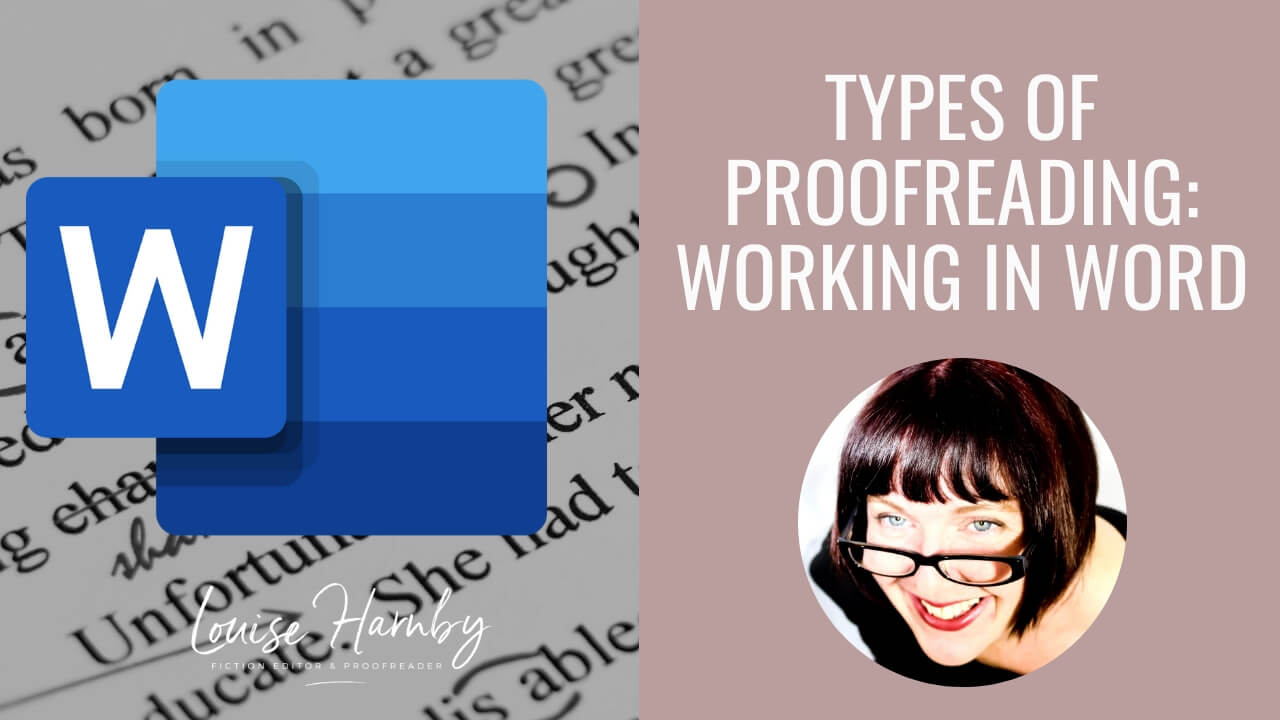
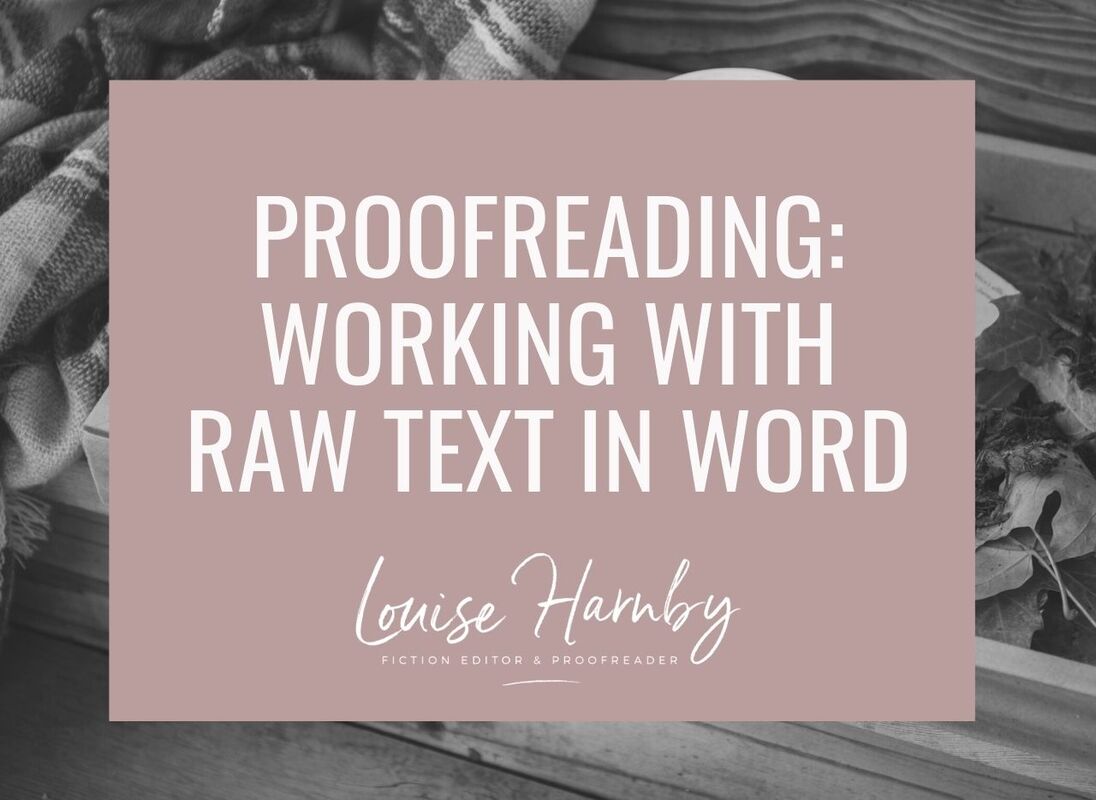

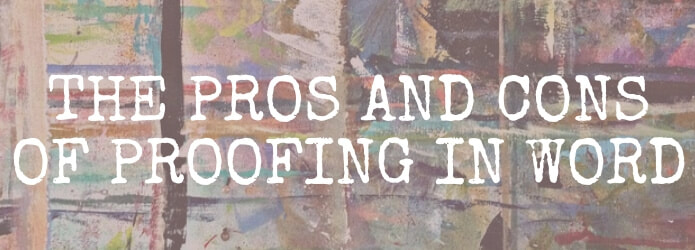
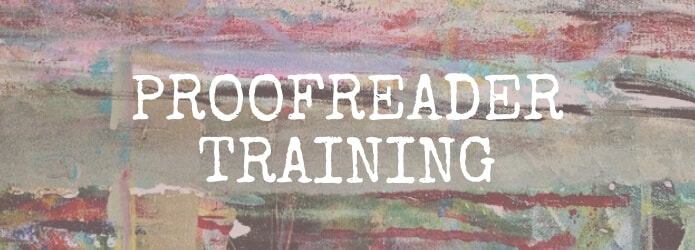
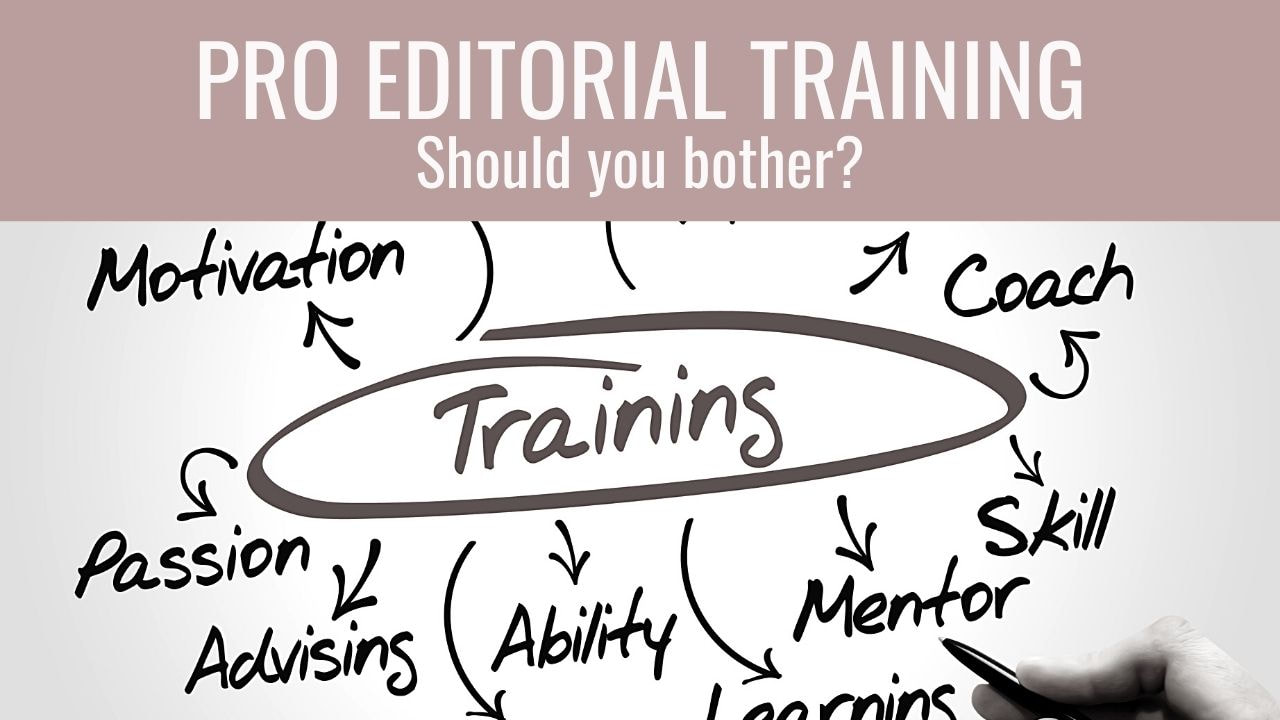
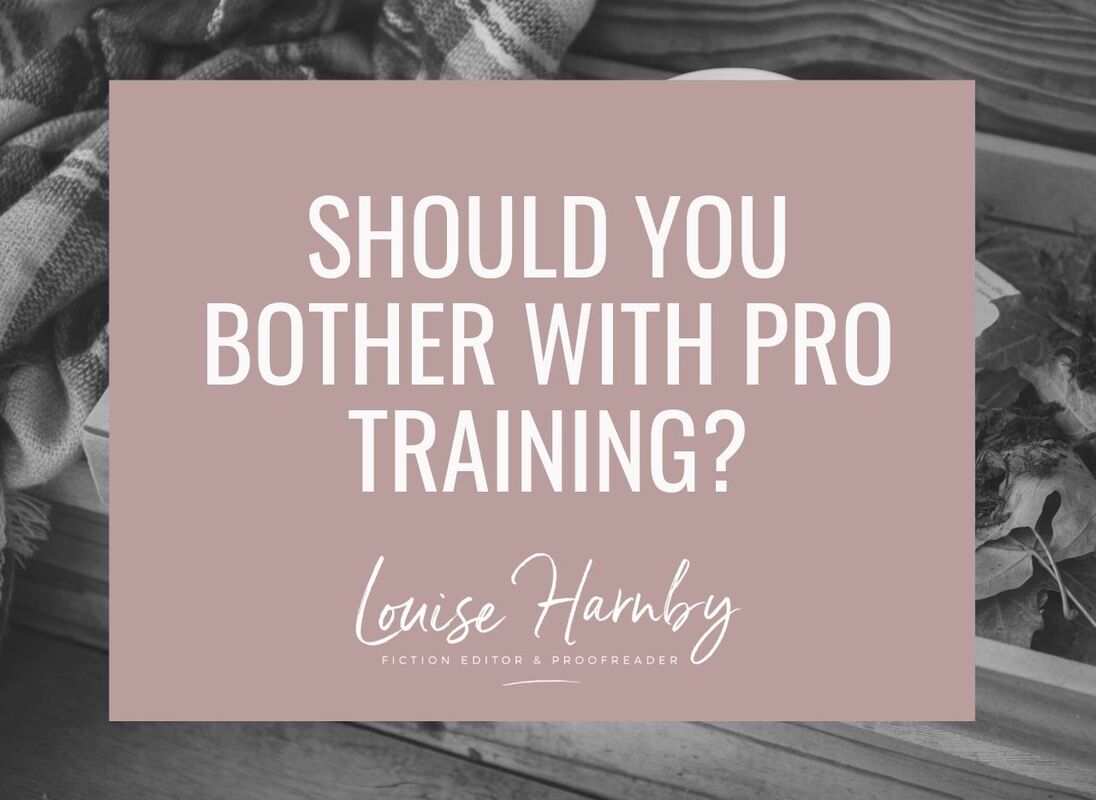
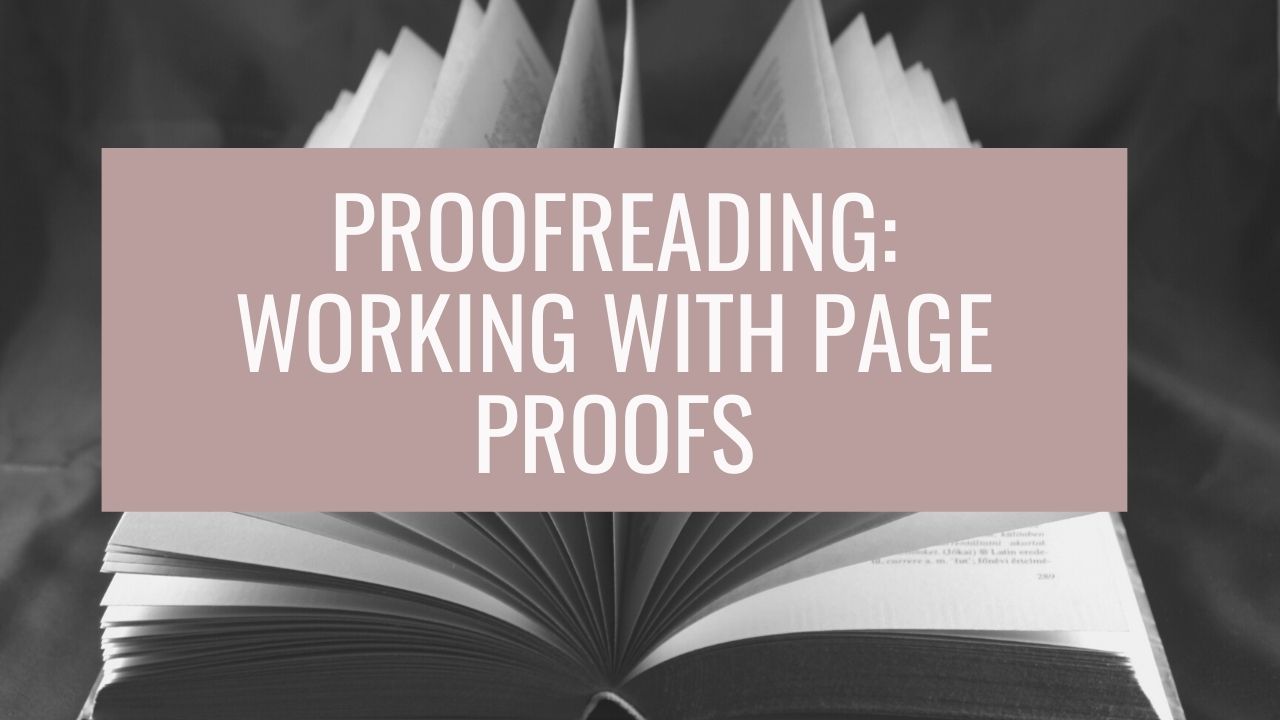
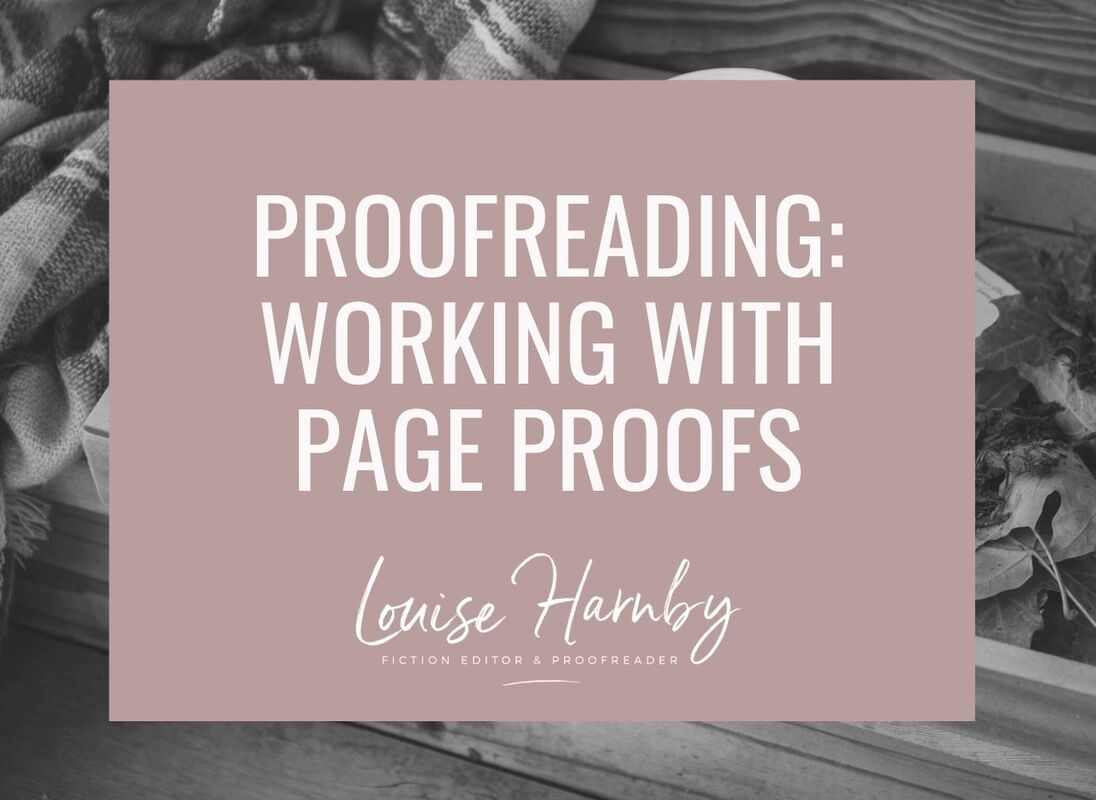
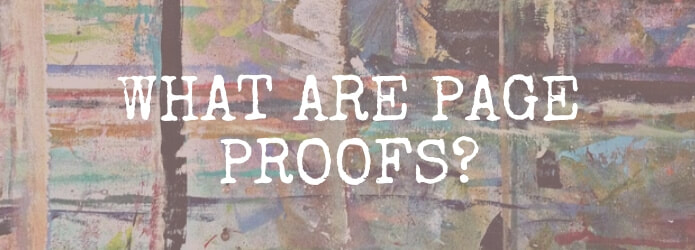
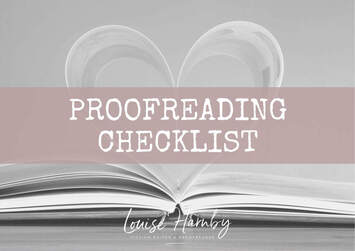
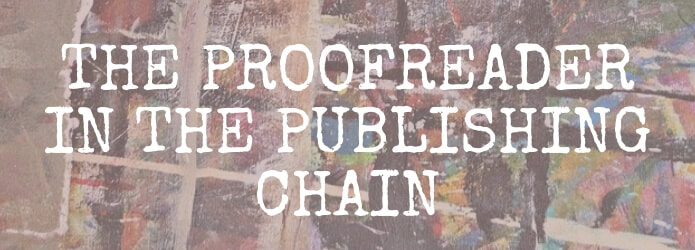
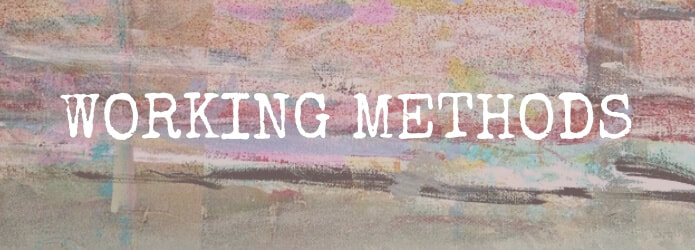
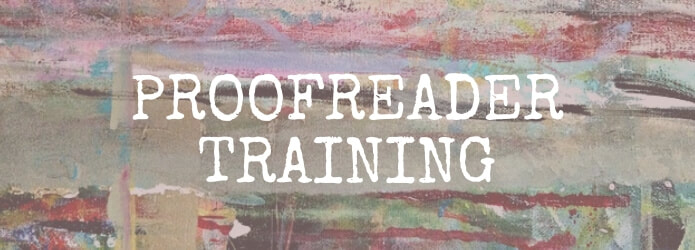
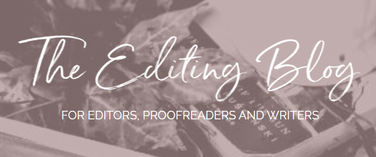

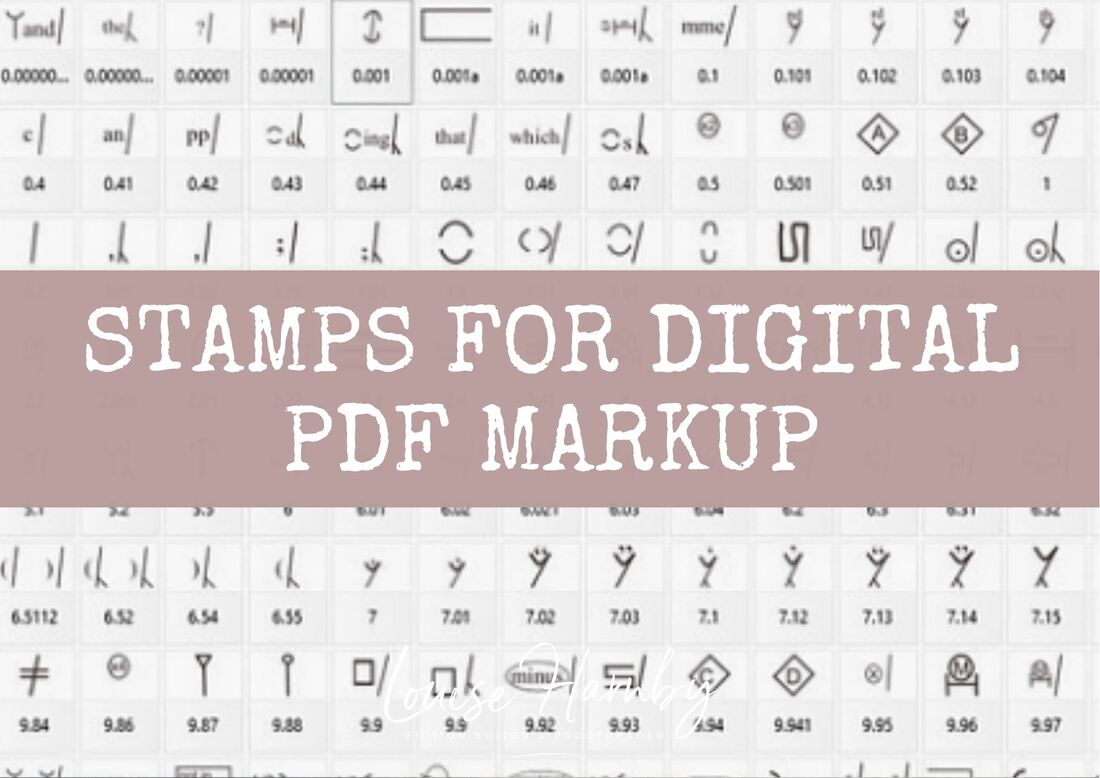
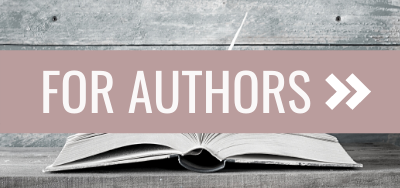

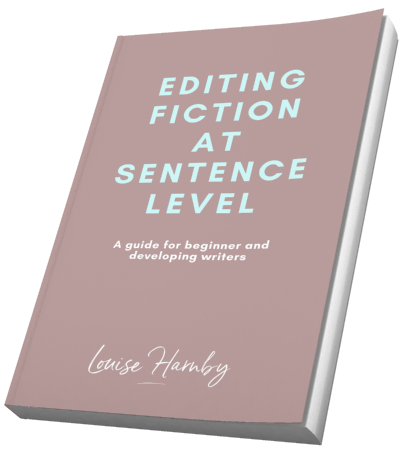
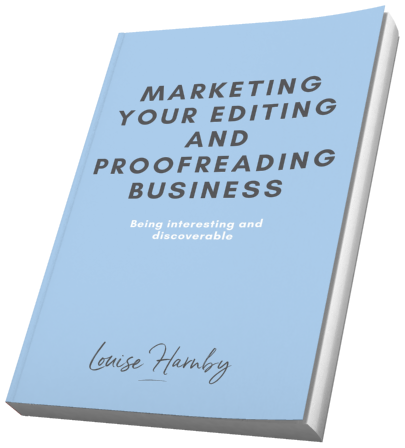
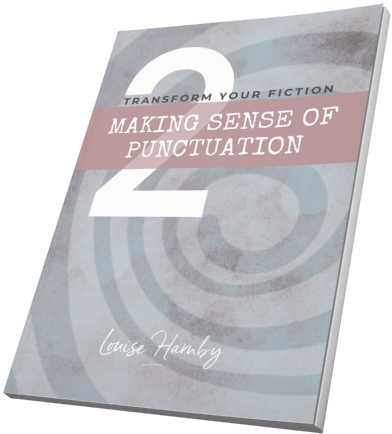
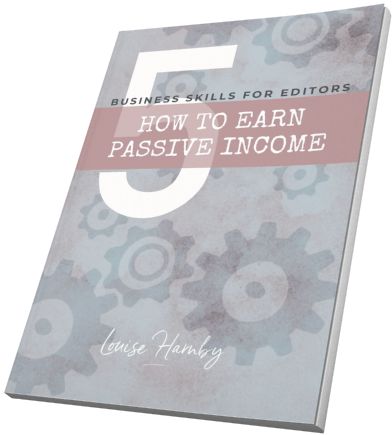
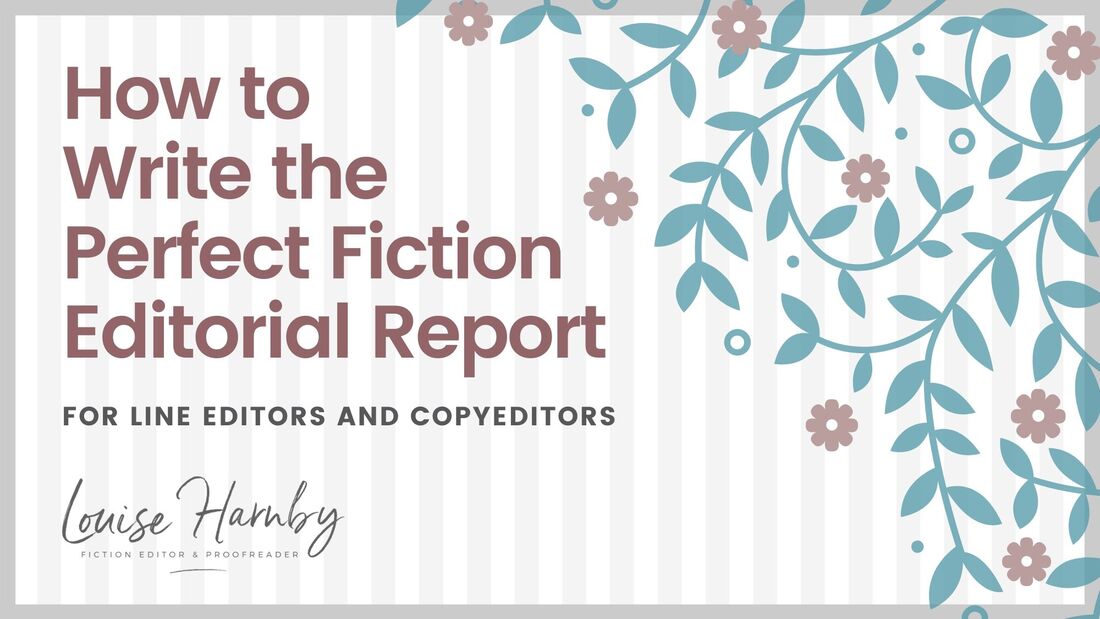
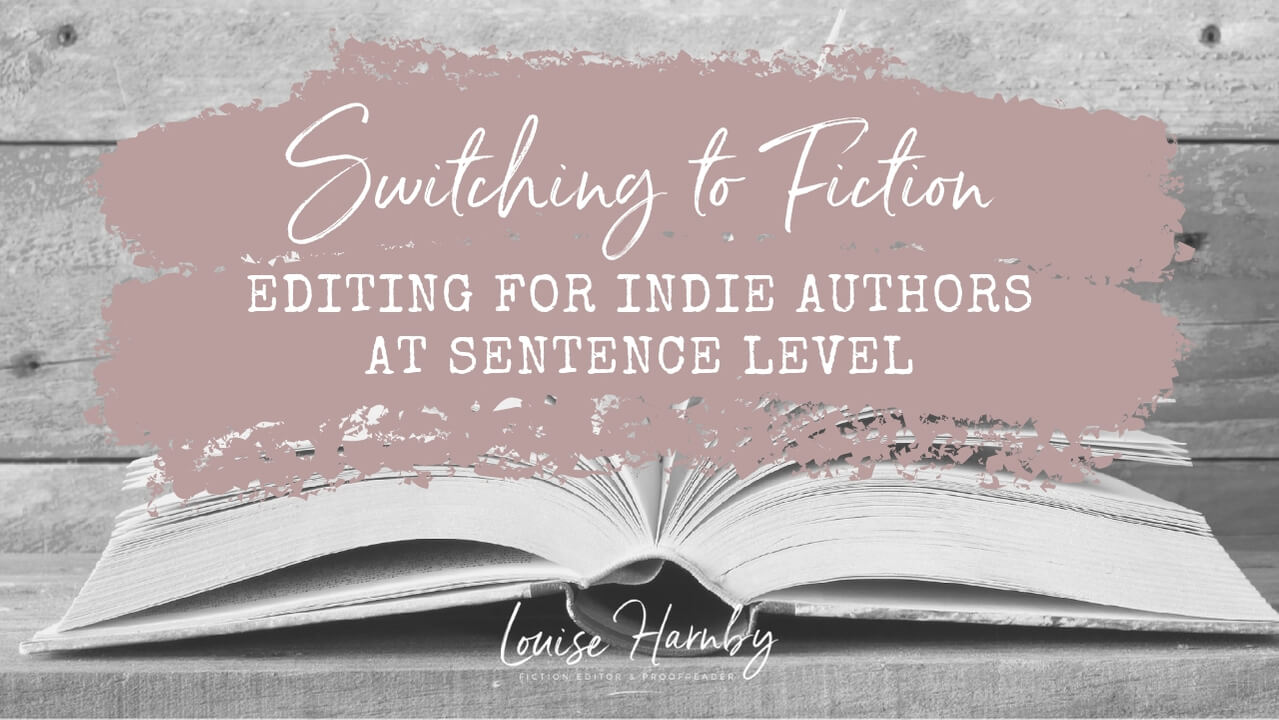
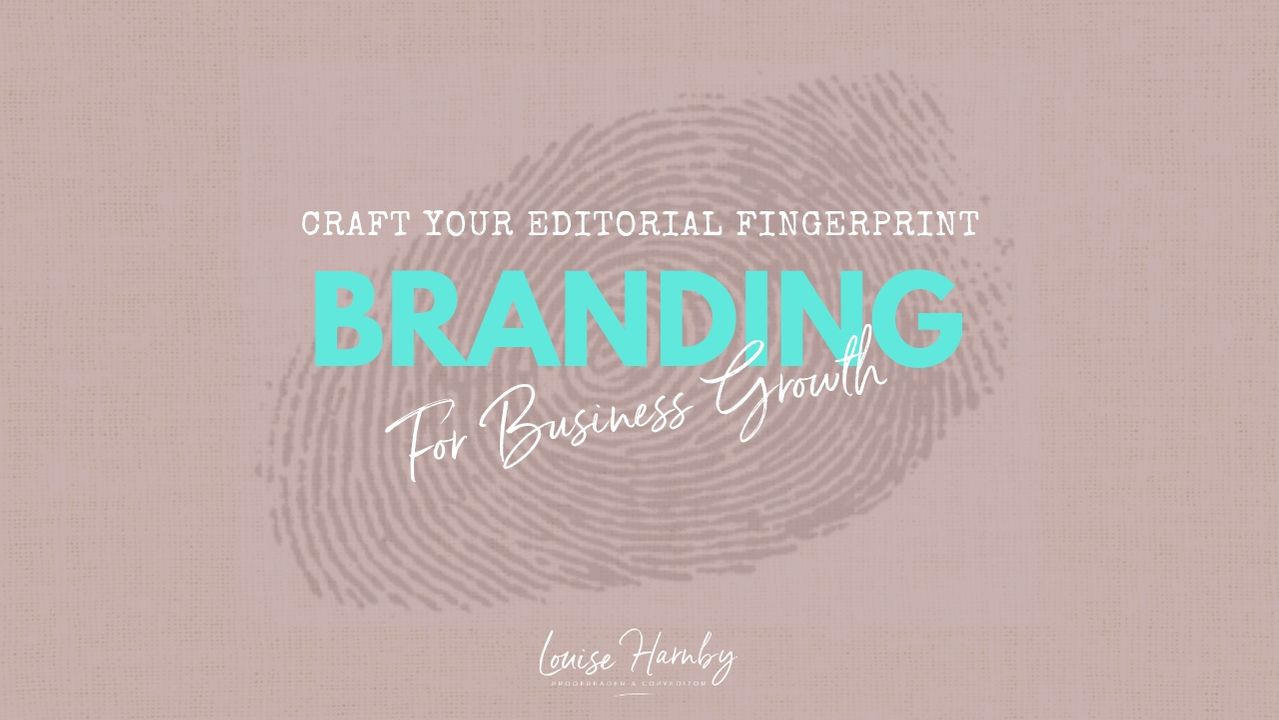
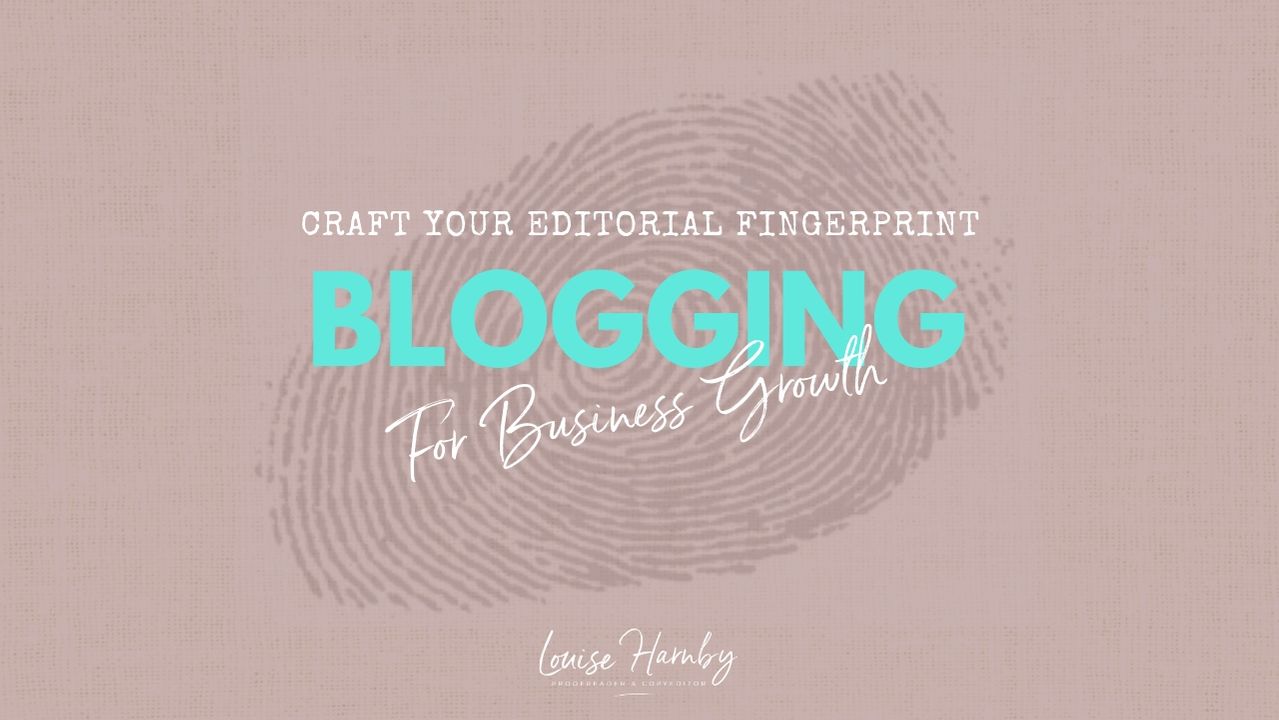
 RSS Feed
RSS Feed





